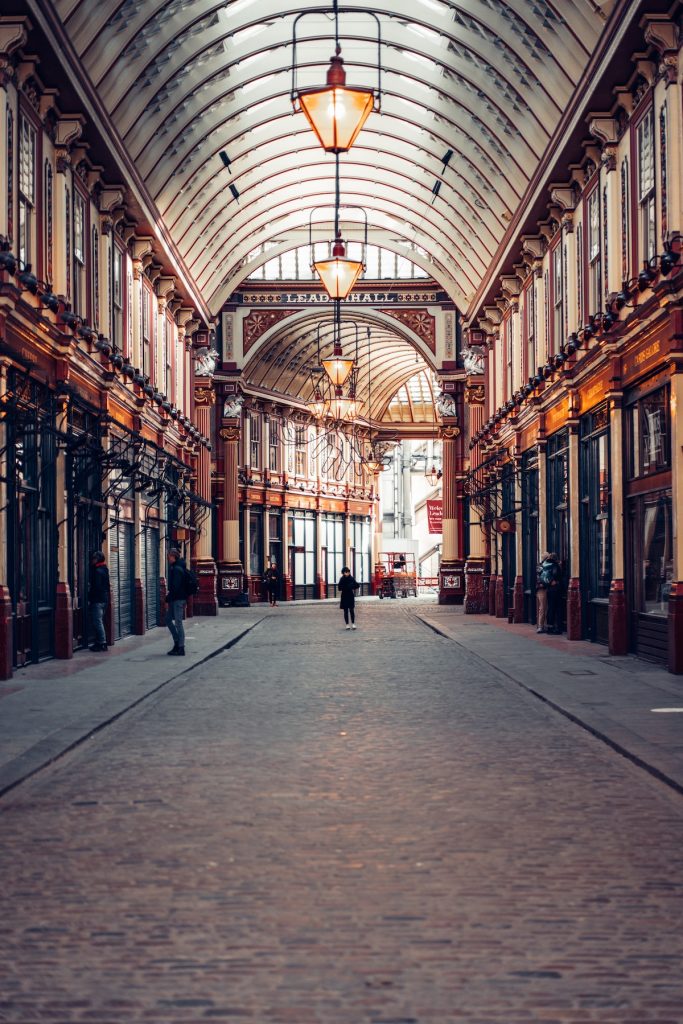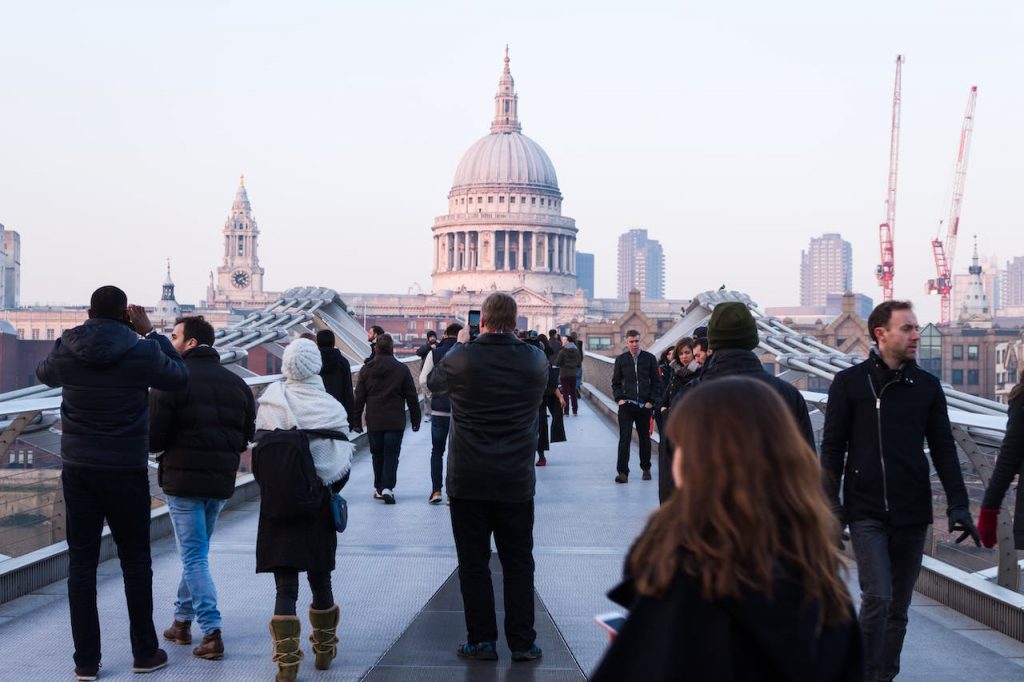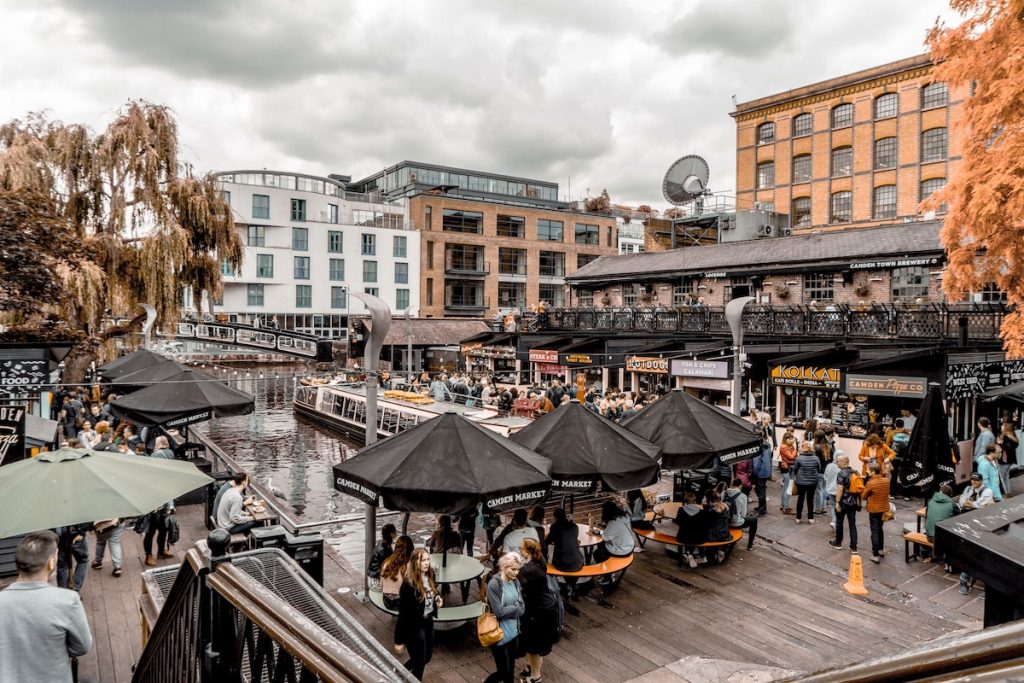London is no stranger to calamity. In 1348, the year the Black Plague hit the city (and most of the rest of Europe), the city’s cemeteries quickly overflowed with bodies.
In 1665, nearly 100,000 denizens of the city lost their lives to another wave of the plague. Just a year later, a ferocious fire erased the existence of a huge swath of the city, including 13,000 homes.
In 1940-41, the Nazis conducted a blitz on London, killing 30,000 people, destroying 70,000 buildings, and damaging 1.7 million structures.
And then, in March 2020, every city, including London, came to a halt because of an invisible invader. Streets were empty. Offices were abandoned. Restaurants and pubs went dark. Experts predicted the death of cities, including London.
Just a few years later, we can say that the rumors of London’s demise had been greatly exaggerated. London and the world’s metropolises have come roaring back. And now, after this global shared experience, how has London, one of the most dynamic cities on the planet, changed?
When thinking about how COVID changed London, we must see the short, medium and long term impacts it’s had in this massive city.

LDN: A metropolis in transition
Post-COVID London is a metropolis in transition. In the years after the lockdown, there seems to be a revolving door at 10 Downing Street, and the country crowned a new monarch, after saying farewell to Queen Elizabeth II. Residents have a new appreciation for public gatherings after a couple of years of suspicion about anyone who might be infectious.
More specifically, because of the handful of months we had to shelter in place and, later, shelter within our own borders, international travel is now booming with restless travelers.
For London, this means that attractions are mobbed, particularly during the warm weather months. Visits to the Lond0n’s best museums such as the British Museum, the Tate Modern, and the Natural History Museum, for example, are up by 200% compared to the previous couple of years.
There is, of course, the new need to adapt to these increasing numbers of visitors to ensure the same quality experiences that have always characterized these institutions.

Dining in London’s post-pandemic era
Like many big cities, dining out in London just got a bit more difficult. Aside from the latest buzz-worthy restaurants, pre-pandemic dining largely meant walking into a restaurant and either getting a table or having a minimal wait.
These days, though, don’t even try for the city’s latest hotspot. And if you set your gaze (and taste buds) on other dining options, try to get a reservation as far in advance as possible. (We’re pretty sure that London’s best fish and chips shops will be less of a hassle, though!)
And thanks to the demand for travel because of the ebb of the pandemic—let’s also not forget about certain aspects of Brexit and the war in Ukraine—prices on nearly everything are higher.
So, if you’re traveling to London soon, expect to be among crowds of people, wait longer in lines, and pay a bit more than you did during your last visit. Another interesting option may be to book yourself a food tour and make sure you’ll be guided to the best and most interesting options out there.
_______________________

How lockdown transformed shopping habits in London
Like a lot of major cities, London has suffered from the “lockdown effect.” That is, a large segment of the population began shopping for the majority of things online and now that cities have opened up again, people are still shopping online.
This means there are fewer shops in cities such as London, and a lot more empty storefronts on various High Streets.
Many workers in places like Canary Wharf, one of London’s main financial districts, are working in the office on Tuesday, Wednesday, and Thursday. This means that some neighborhoods may feel dismal and desolate from Friday morning to Tuesday morning.
Don’t be discouraged, though. In a city such as London, where people are used to trying to avoid rush hours and long queues, having the chance to see quieter streets may be a blessing in disguise.
If you just have a few days in London and you don’t know what to choose, we’ve got you covered with a well-planned 3-day local’s expert guide.
_______________________

London, an ever-changing city
In the end, the pandemic changed London. And we still have to see how COVID changed London (and Londoners) in the longer term. But many of those changes were already underway before COVID entered into our lexicon.
The pandemic just sped up some of those trends. Online shopping, remote work, a proclivity for more frequent travel. The pandemic and its after effects have simply revved up and don’t seem to be slowing down any time soon.
But, eventually, we may see some unintended positive results too. After all, the Black Death of the Middle Ages, for all its death, carnage, and loss had at least one positive effect on the culture of Great Britain: the plague caused a scarcity of labor, which meant peasants got more jobs and made more money, raising their standard of living.
Then, they spent their extra income on beer. And thus, it enhanced the rise of pub culture in Great Britain. So, cheers to that.


